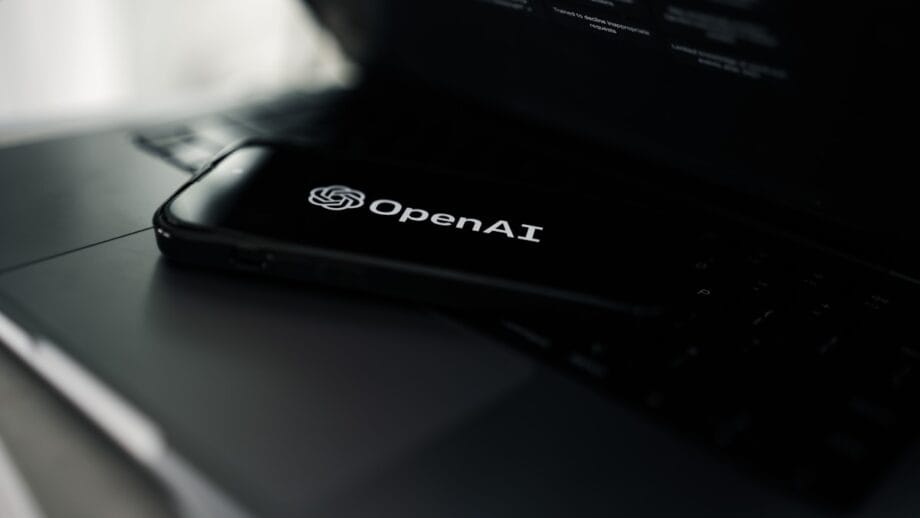OpenAI’s Codex: A Leap Forward in AI-Driven Software Development
On October 6, 2025, OpenAI unveiled a noteworthy advancement in artificial intelligence tailored for software development with the launch of Codex’s general availability.
Greg Brockman announced via social media that this iteration of Codex encompasses an upgraded software development kit (SDK), enhanced features for enterprise use, and innovative demonstrations, notably the voice-controlled coding for stage lighting.
Building on its foundational strength as a robust AI model, Codex has been trained on billions of lines of code since its initial debut in 2021, subsequently powering tools like GitHub Copilot.
This launch occurs in a milieu where AI-driven coding assistants are redefining the software engineering landscape. A 2023 McKinsey study posited that AI could automate up to 45 percent of software development tasks, with implications for an increase of $1 trillion to global GDP by 2030.
The general availability of Codex opens the floodgates for developers to generate, debug, and optimize code using natural language, offering unprecedented accessibility to sophisticated code generation.
In live demonstrations, users articulated functionalities, such as adjusting stage lights based on voice prompts, prompting Codex to produce fully functional code instantaneously.
Such innovations are emblematic of a broader trend encompassing no-code and low-code platforms, which, per a Gartner report from 2024, are anticipated to constitute over 65 percent of application development activities by 2025.
In domains like entertainment and event management, these integrations stand to revolutionize the operational capacities of technicians, significantly curtailing setup durations and minimizing errors.
Furthermore, the upgraded enterprise features likely incorporate stringent security measures, enhanced scalability for larger teams, and streamlined integration with cloud services—a response to prior criticisms regarding API access highlighted in OpenAI’s 2022 updates.
This strategic positioning places Codex in direct competition with notable entities such as Google’s DeepMind AlphaCode, introduced in 2022, and Amazon’s CodeWhisperer, also released that year, intensifying the quest for AI aptitude in coding.
Regulatory landscapes are evolving as well, with the EU’s AI Act of 2024 imposing strict compliance mandates on high-risk AI tools like Codex, focusing on transparency and bias reduction.
Ethically speaking, it is imperative to impose human oversight to mitigate the potential pitfalls of undue reliance on AI-generated code, as unexamined algorithms may inadvertently harbor vulnerabilities.
Business Implications of Codex’s Availability
From an economic standpoint, Codex’s general availability heralds extensive market prospects for enterprises involved in software development, IT services, and ancillary industries.
Organizations can harness the new SDK to weave Codex into their workflows, with projections suggesting potential reductions in development costs by as much as 30 percent, a figure rooted in a 2023 Deloitte report concerning AI-enhanced productivity.
- Monetization strategies: Subscription-based API access, with tiered pricing models commencing at $20 per user per month for premium features.
- Revenue generation: This model could significantly bolster OpenAI’s financial trajectory, building on a valuation climb to $80 billion in 2024, as per Bloomberg evaluations.
- Market forecasts: The AI coding tools sector is projected to burgeon to $15 billion by 2027, according to Statista.
- Application prototypes: Industries like finance and healthcare can utilize Codex for expedited prototype development of applications, including voice-activated interfaces for medical devices and automated trading platforms.
Nevertheless, challenges surrounding implementation persist, particularly concerning data privacy with robust enterprise features managing sensitive codebases—necessitating stringent adherence to GDPR standards updated in 2023. Solutions encompass on-premises deployments or hybrid infrastructures to mitigate associated risks.
The competitive terrain is occupied by key players like Microsoft, which integrated Codex into Visual Studio in 2022, alongside startups such as Replit, which secured $100 million in 2023 for AI-augmented coding environments.
For small enterprises, this accessibility evokes opportunities to rival larger competitors, catalyzing innovation across sectors, as illustrated in the stage lights demonstration.
Future trends indicate an escalation in AI adoption, with IDC forecasting in 2024 that 75 percent of enterprises are expected to utilize AI for software development by 2026.
Ethical considerations remain paramount; thus, access to these advancements must be equitable to prevent an exacerbated digital divide, recommending inclusive training datasets to diminish biases in code suggestions.
Technical Framework and Future Integration
Technically, Codex operates on a transformer-based architecture akin to GPT models, with updates in the 2025 release accentuating multimodal inputs, such as voice, for facilitating code generation.
The vibe coding demonstration epitomizes this, whereby natural language processing translates spoken directives into executable code for hardware operations, exploiting APIs like the Web Speech API, which have been integrated since browser updates in 2023.
Implementation considerations, such as API latency, have been tackled, with OpenAI purporting sub-second response times in their 2024 benchmarks; however, challenges may arise within edge computing environments that necessitate offline functionalities.

- Custom model calibration: Solutions entail fine-tuning models leveraging proprietary datasets, facilitated by the new SDK supporting programming languages like Python and JavaScript, which account for 80 percent of developer preference according to Stack Overflow’s 2024 survey.
- Outlook on AI in coding: Forrester projects that by 2030, AI could autonomously manage 50 percent of code creation, paving the way for collaborative human-AI teams.
- Regulatory foresight: The forthcoming U.S. AI safety guidelines, anticipated in 2026, will highlight accountability for AI outputs.
- Vertical solutions development: Companies can devise specialized software solutions, such as AI-driven event management tools, capitalizing on examples like the stage lighting controller to access a $300 billion live events market projected by 2025 by PwC.
- Ethical diligence: Best practices necessitate auditing AI-generated code for security vulnerabilities, utilizing updated tools like SonarQube from 2023.
In conclusion, Codex’s release underscores a pivotal role in accelerating the ongoing digital transformation across myriad industries.
Frequently Asked Questions
- What is the significance of Codex’s general availability in 2025? The general availability of Codex in 2025 represents a crucial milestone for accessible AI coding, introducing vital enterprise features and SDKs that enhance productivity across various sectors.
- How can businesses integrate the new voice interface features? Businesses can utilize the SDK to construct applications that translate verbal commands into code, as exemplified in the stage lights demonstration, addressing automation and IoT requirements.
- What are the potential challenges associated with Codex’s adoption? Challenges may encompass ensuring code security and managing API costs, with potential solutions including human oversight and scalable pricing methodologies instituted by OpenAI.
Source link: Blockchain.news.






